The farmland market had a busy and reasonably steady year in 2023. National average price fell slightly – it was down by 3%. The acreage sold was also down. For landowners selling land, that has to be considered a good outcome, considering the challenges faced by those trying to buy their land.
These challenges included lower milk prices, squeezed profits in tillage, weather difficulties, general high costs and – for some anyway – high tax bills on the better profits of 2022. Finance was that bit more difficult to obtain for some of those looking to borrow for a land purchase.
So it is no surprise that many auctioneers found the second half of the year to be heavier going, with demand still high but less money and confidence around and prices that bit softer. That was especially so in northern and western areas. In dairy counties such as Cork, Tipperary, Kilkenny and Waterford the second half of the year didn’t slow down – dairy farmers there were anxious to stay ahead of nitrates rules.
Widening gap
While national average price fell by a modest 3%, behind this average there were bigger swings with prices in some counties significantly up, others down. The gap between dear and cheaper parts of the country widened.
The gap between prime properties and plainer land also widened. The international buyer or business person targeting a period house on 300ac of parkland was not impacted by rain or rising contractor bills.
It was a year of strong auction sales. We got used to seeing blocks of best land in top locations making close to €25,000/ac.
Our survey examined more land put up for sale in 2023 - but much of this was plain land in western counties that was slow to sell. The number of farms sold was essentially unchanged from the previous year. The farms and parcels that did sell were smaller.
The headline figures at national level are as follows
Average land price was €11,925/ac.
This was a decrease of €363/ac or 2.9% from the previous year.
The average of the previous year was €12,288/ac.
We examined 66,778ac that were placed for sale on the market last year. That was up from 42,645ac in 2022.
The area of land that sold in 2023 was 28,260ac, down from 32,823ac. This was a drop in land sales of 4,562ac.
As we moved into early spring of 2023 it became clear that demand for good farms was continuing to be very strong and mainly driven by dairy farmers.
Auctions held in counties like Limerick, Wexford, Laois and Cork saw land exceed €20,000/ac. These were prices at which tillage, cattle and sheep farmers could not compete.
The news emerging on nitrates indicated that there will be further pressure on stocking rate on dairy farms for the next number of years. Concerns about possible forced destocking of dairy herds made headlines through the summer.
The other significant buyers during the summer were investors, business people and farmers with off farm income. However, it does appear that business buyers were more choosy in 2023 as a number of larger holdings failed to sell, not meeting vendors’ expectations.
Land prices at national level have risen over the past decade. However, they are still just half of the peak reached in 2007, at the time of the Celtic Tiger. Average price then was over €20,000/ac in Leinster and Munster.
Lease rents
Meanwhile, if less land sold during 2023, one likely reason is that more was leased out or is being got ready to be leased out. Lease rents look to have eased downwards slightly from the record levels of 12 months ago – but the are still a lot higher than they were five years ago and are a very attractive option for a farmer who wants to retire.
There were a number of other interesting developments. There is new interest in marginal land of all types including designated land, private hill land and commonage. This is because of the scheme payments available on such land, especially to young entrants to farming.
Turnover of land continued to be low in the usual counties, eg Louth and Waterford. One likely reason is that these counties have a lot of good land with commercially viable farms and – as a result – more young people willing to continue running the family farm.
The restoration grant is generating new interest in the many old and derelict houses on land being sold. “There is now great interest in these old wrecks,” as one auctioneer put it.
Auctions
Auctions performed well in 2023 with some very good prices made. Experienced auctioneers are very astute at knowing when there will be a number of buyers determined to acquire a particular farm. One commented to us that auctions are faster now with fewer low bids. “Farmers are not afraid to bid against a neighbour now. They don’t interact as much as previous generations.”
Going forward, solar farms and biodigesters look set to have some influence on land market. Land close to electricity grids or to gas lines could see a boost in value. One UK energy company is negotiating to buy a farm in the south of the country to develop a solar farm. It is offering one and a half times agricultural price.
Last year we examined 1,531 farms and land parcels placed on the market. The highest numbers were in Mayo, Galway, Roscommon, Cork, Westmeath, Kerry and Meath. These are large counties and have a tradition of land changing hands with some regularity.
The counties with the fewest farms for sale were Dublin, Carlow, Louth, Wicklow, Monaghan, Waterford, Longford and Laois. Some of these are small counties while there are other counties where farmland traditionally is slow to change hands.
The figures for area of land for sale are closely related. The counties with the most acres for sale were Mayo, Kerry, Cork, Galway and Westmeath. The total area for sale in each of these counties was within the range of 4,000ac to 9,000ac.
In contrast the area for sale in Louth, Carlow, Monaghan, Longford, Laois and Wexford did not exceed 1,000ac.
By year end, 702 of these farms and parcels had sold and were used in our calculations. Two thirds were under 40ac in size with the other third over 40ac. Just 13 of the 702 farms and parcels were over 200ac.
The vast majority - 86% - of farms put up for sale were described as grassland only. Approximately 6% were tillage only or tillage with another enterprise, while 6% were blocks of forestry.
Last year saw a further rise in the use of online only and hybrid auctions. The counties with the highest number of public auctions were Westmeath with 49 followed by Meath with 33. Auctions are popular in Wexford and Laois.
Private treaty is still the strongly preferred norm in Connacht and Ulster. But it is noticeable that online auctions are rising in popularity in western counties including Mayo and Galway, particularly for smaller holdings. They are seen as a cost effective way of reaching a large number of potential buyers.
The highest prices last year in the Republic were in Dublin at €38,023/ac – on a small sample. This was followed by Kildare at €20,781/ac, Carlow at €17,109/ac and Louth at €16,797/ac. Next were Waterford, Kilkenny, Wexford and Laois. Last year saw significant price increases in counties Dublin, Cavan, Kildare, Longford and Waterford.




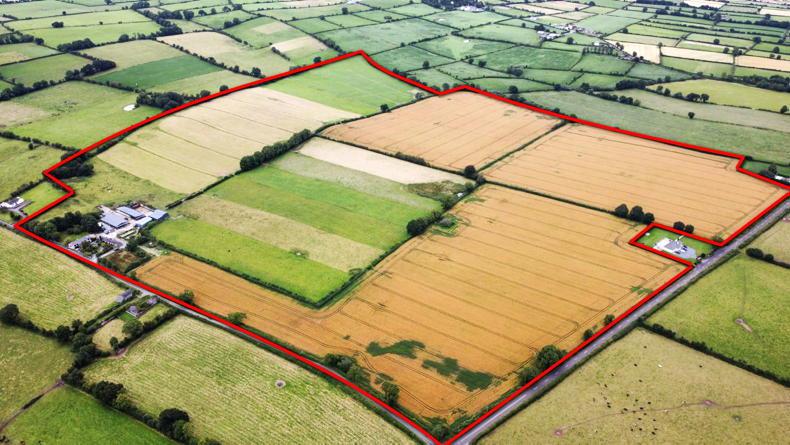
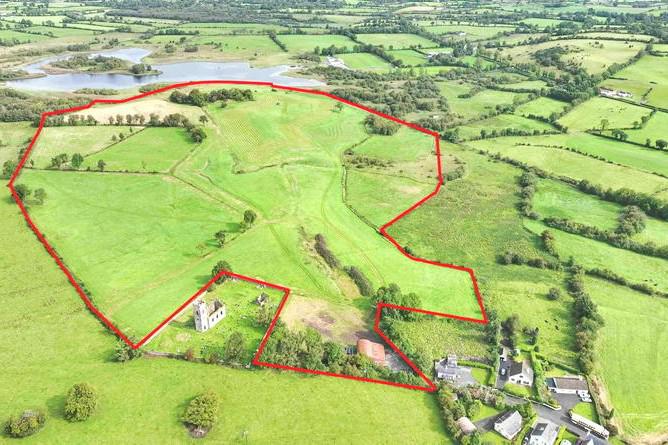
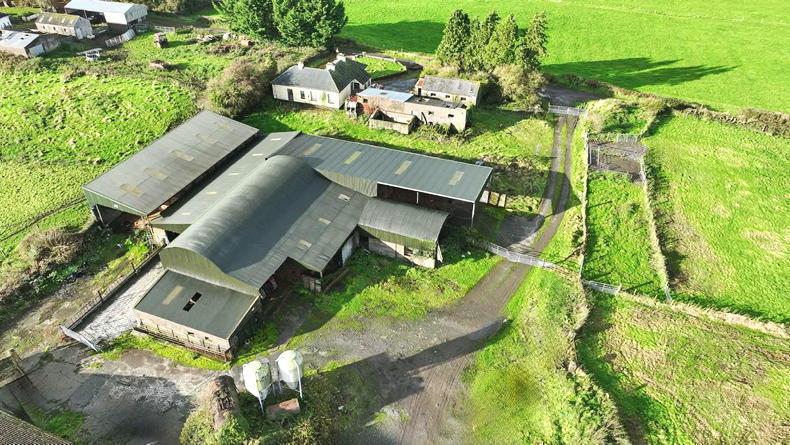
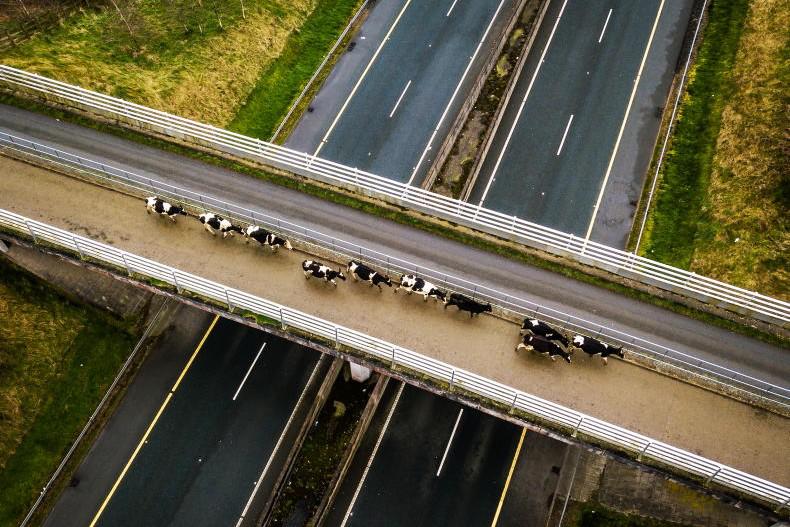
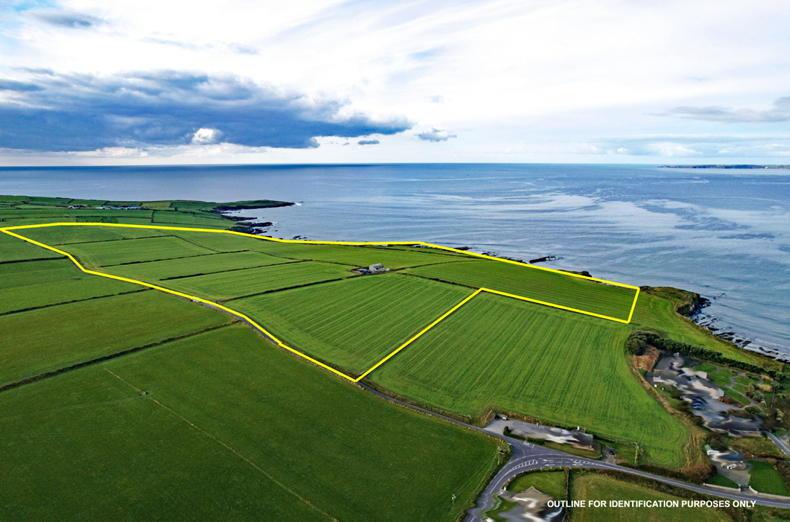
SHARING OPTIONS